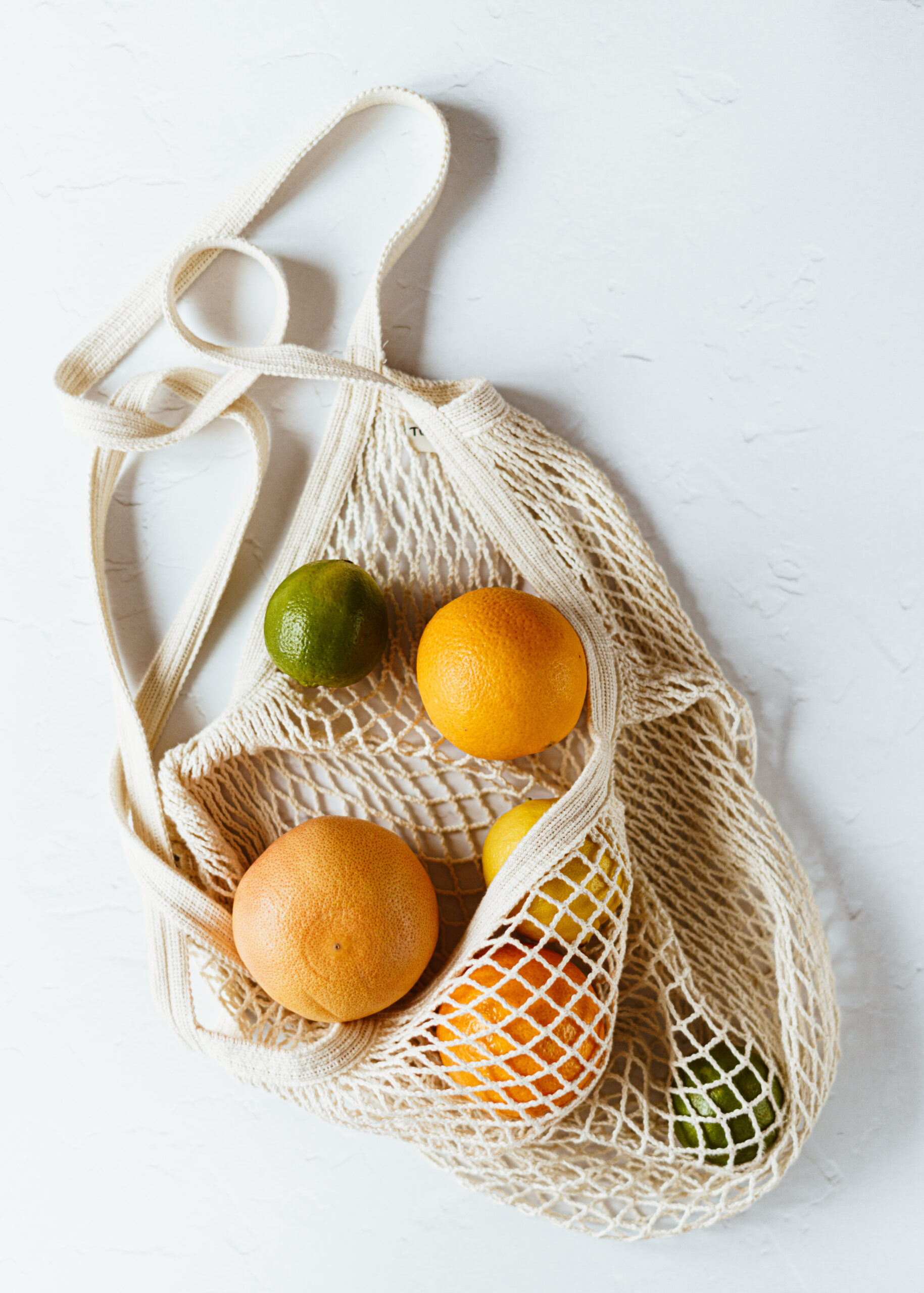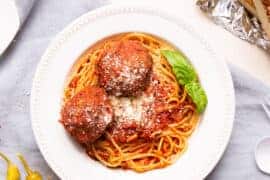A Handy Guide to Crafting an Eco-friendly Meal Plan for Your Toddler
Hello dear parents! Are you on the quest for wholesome ways to nourish your child? Do you care about the environment and want your little one to grow up with the same sentiments? If so, you’ll love this guide tailored to help you establish an eco-friendly meal plan for your precious toddler. We’ll be traversing through five manageable steps to cultivate this sustainable habit. So, buckle up and let’s get started!
A Backdrop of Eco-friendly Meal Planning
An eco-friendly meal plan revolves around the idea of sustainability – to produce minimum waste, use resources effectively and adopt ethical consumption practices. It can seem a little daunting at first, but once you start, you’d be taking significant strides not just for your toddler’s health but also for Mother Earth. So, how do you go about this? Allow us to break it down for you!
Step 1: Buy Local, Buy Fresh
Choosing Your Toddler’s Food Source
The first and most influential step is choosing where your toddler’s food comes from. A great eco-friendly approach is to buy local and fresh produce. When you purchase food near the source, you not only ensure its freshness but also cut down the carbon footprint associated with long-distance transportation of commercial goods.
Step 2: Opt for Seasonal Fruits and Vegetables<\h2>
Embracing Nature’s Calendar
Aligning your toddler’s menu with the natural rhythm of the seasons is another significant green step. Seasonal fruits and vegetables are typically more nutrient-dense and haven’t been stored for long periods or shipped from far-away locations.
Step 3: Minimize Processed Foods
Cutting Back on Hidden Costs
Indulge your little one with nature’s bounties. Processed foods often come with hidden environmental costs, such as excessive packaging and long-distance transport. Instead, favor homemade meals packed with nutrients. Not only better for the planet, but certainly healthier for your growing toddler as well!

Credit: Pexels
Step 4: Practice Portion Control
Preventing Waste and Overeating
Another golden rule of eco-friendly meal planning is to prevent waste by controlling portions. Over time, you’ll get an idea about how much your toddler consumes in a sitting. Start by offering small quantities and gradually increase if needed. Remember, it’s not about limiting your child’s intake, but reducing wastage.
Step 5: Opt for Reusable Items
Saying No to Single-Use Items
Last, but certainly not least: ditch those single-use items! Instead, use reusable cutlery, plates, and napkins in your toddler’s meals. You might also consider glass or stainless-steel containers for storing and warming up leftovers. It’s a small change in everyday routine, but with a notable environmental impact.
The Takeaway
We hope this guide provides you with a clear roadmap on how to create an eco-friendly meal plan for your toddler. Remember, it’s all about making conscious choices and fostering sustainable habits for a healthier child and planet. Embarking on this journey might seem a bit challenging initially, but believe us – it’s an investment you won’t regret!
Happy Green Parenting!
Preparing to go Green with Your Toddler’s Meal Plan
As a parent, it’s important to nurture your toddler’s growth with not only wholesome food but a healthy planet. Here are 5 key things every parent should know as they prepare for a journey towards creating eco-friendly meal plans for their toddler.
1. Understand Plant-based Nutrition
Your first step should be understanding the benefits and requirements of a plant-based diet. Children can thrive on a diet rich in fruits, vegetables, grains, and legumes – all of which have a lower environmental impact. However, ensure your meal plan meets all necessary nutritional requirements for your little one.
2. Make Seasonal and Local Choices
Incorporate foods that are in season and sourced locally into your toddler’s diet. Not only does this reduce the carbon footprint associated with food transportation, but seasonal foods are also fresher and packed with nutrients.
3. Prioritize Organic and Non-GMO Products
Foods labelled as organic or non-GMO tend to be grown with fewer pesticides and harmful chemicals, making them healthier for both your toddler and the environment.
4. Learn How to Store and Use Leftovers
Food wastage is a significant contributor to environmental degradation. Learn creative ways of incorporating leftovers into your meal plan to prevent wastage. Additionally, storing food properly ensures it stays fresh longer.
5. Teach Your Toddler About Sustainability
Finally, take this opportunity to instill values of sustainability in your toddler. As they grow and enjoy their eco-friendly meals, explain why choices, like eating more veggies and less meat, matter to the planet.
Creating an eco-friendly meal plan for your toddler promotes not only their health but also a sustainable future. And remember, every little step counts!
For more great articles please see here. For more information on raising children see here
Disclaimer
The articles available via our website provide general information only and we strongly urge readers to exercise caution and conduct their own thorough research and fact-checking. The information presented should not be taken as absolute truth, and, to the maximum extent permitted by law, we will not be held liable for any inaccuracies or errors in the content. It is essential for individuals to independently verify and validate the information before making any decisions or taking any actions based on the articles.




